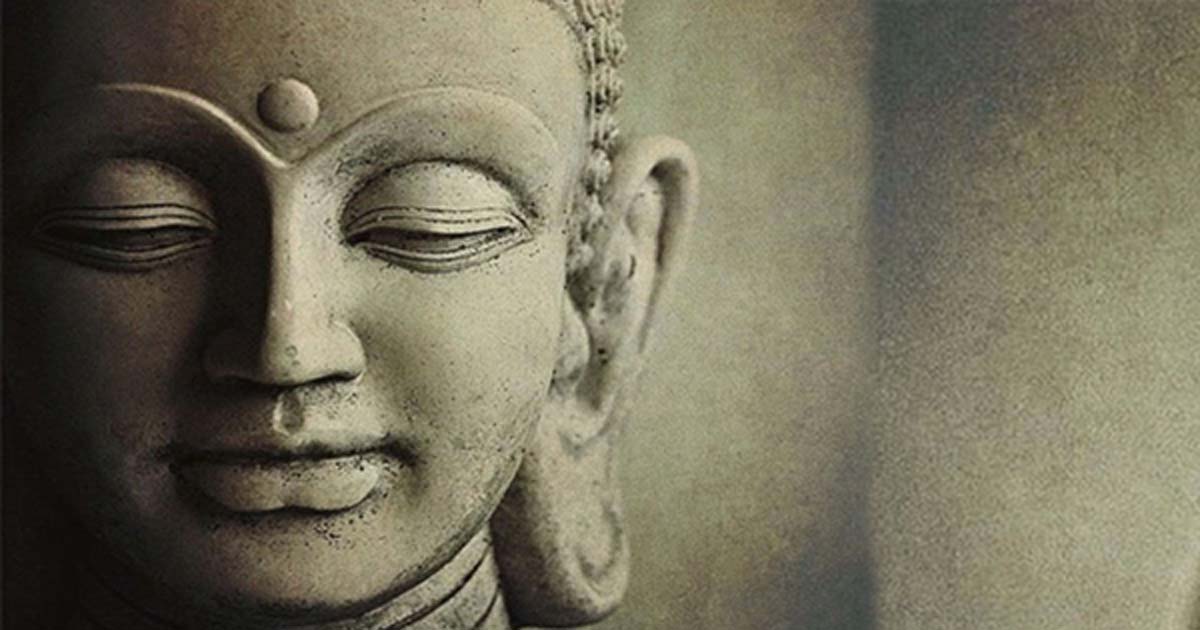BREAKING: Remains of Buddha Found? 2,500-Year-Old Cremated Bones with Revealing Inscription Unearthed in China
In what could be an enormously significant finding for Buddhists around the world, archaeologists in China have unearthed an ancient ceramic box containing cremated human remains, which carries an inscription saying they belong to Buddha, also known as Siddhārtha Gautama.
Siddhartha Gautama, also known as the Buddha or “Enlightened One,” is probably one of the most influential individuals to come out of India through the founding of Buddhism. He is believed to have lived and taught mostly in the eastern part of ancient India sometime between the 6 th and 4 th centuries BC. According to the Mahaparinibbana Sutta of the Pali canon, at the age of 80, the Buddha announced that he would soon reach Parinirvana, or the final deathless state, and abandon his earthly body.
After his death, Buddha's cremation relics are said to have been divided amongst 8 royal families and his disciples. Legends say that, centuries later, they were enshrined by King Ashoka into 84,000 stupas. Many of the remains were supposedly taken to other countries.

The Death of the Buddha, a hanging scroll painting at the British Museum. Credit: Trustees of the British Museum
Gathering of the Buddha
Around 1,000 years ago, two monks named Yunjiang and Zhiming, spent two decades gathering together the remains of the Buddha, which had been distributed around India and other countries.
Live Science reports that the newly-discovered box, which was unearthed in Jingchuan County, China, came with an inscription dated to June 22, 1013. It states:
“The monks Yunjiang and Zhiming of the Lotus School, who belonged to the Mañjuśrī Temple of the Longxing Monastery in Jingzhou Prefecture, gathered more than 2,000 pieces of śarīra [cremated remains of the Buddha], as well as the Buddha's teeth and bones, and buried them in the Mañjuśrī Hall of this temple.
In order to promote Buddhism, they wanted to collect śarīra [Buddhist relics]. To reach this goal, both of them practiced the instruction of Buddhism during every moment of their lives for more than 20 years. Sometimes they received the śarīra from others' donations; sometimes they found them by chance; sometimes they bought them from other places; and sometimes others gave them the śarīra to demonstrate their wholeheartedness."
- Large, Rare Statue Portraying the Death of Buddha Unearthed at Ancient Bahmala Stupa Site
- Siddhartha Gautama: How The Father of Buddhism Walked From Suffering to Enlightenment
- Incredible Discovery Reveals Birthplace of Buddha

The ceramic box containing human remains believed to belong to Buddha. Credit: Chinese Cultural Relics
According to Live Science, archaeologists identified cremated human remains inside the ancient ceramic box, and while it is impossible to say with certainty whether they are indeed the remains of Siddhārtha Gautama, the 1,000-year-old inscription certainly suggests this is the case.
The discovery was first made back in December 2012 while a group of villagers were repairing roads. After years of archaeological excavations at the site, the historically significant finding was reported in Chinese in 2016. Now, the discovery has reached the English-speaking world for the first time in the journal Chinese Cultural Relics.
Top image: A statue of Buddha (CC by SA 4.0)


















Comments
I'd be curious if what they have found can be carbon dated. You couldn't authenticate by the dates, but you could eliminate.
LOL
Great to see there were relic hunters in ancient China.
No one can believe that 2000 pieces of the Buddha’s relics can be reliably collected 1500 after their dispersal. I wonder how many fake bones found there way in to this reliquary.
I wonder how much money was made by how many charlatons in supplying bones to these monks.
You might as well believe in the grail or the shroud of Jesus being found in a monastery or a church somewhere :)
Bhagwat Shah
comment posted above.
Bhagwat Shah